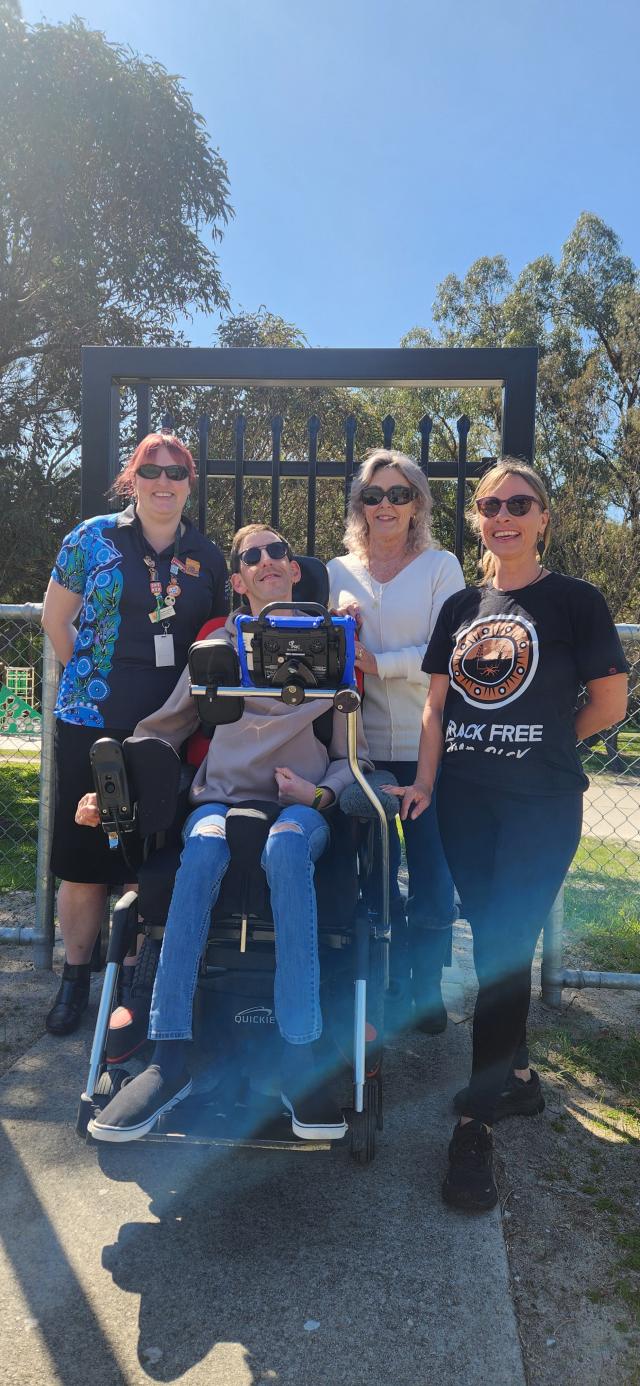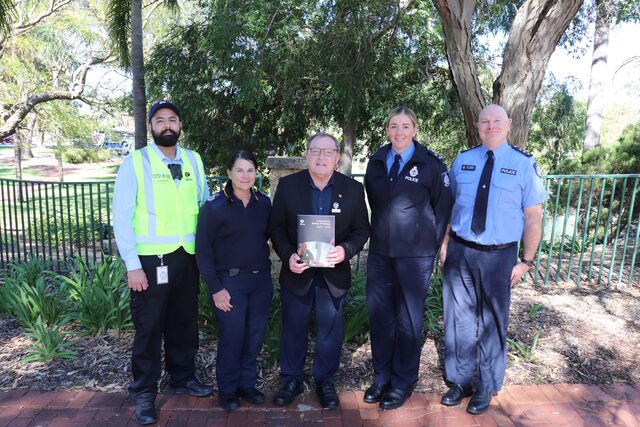The ALGA Local roads and transport congress last month featured some thought provoking presentations.
As I sat in the Alice Springs Convention Centre listening to the speakers I was made aware of a couple of things that I had never thought about.
Peter Frazer, founder of Safer Australian Roads and Highways (SARAH), recounted his 23 year old daughter’s death and that of the attending tow truck driver after her car broke down on the Hume Highway.
While the distracted truck driver who hit them was handed the lion’s share of the blame, the coroner found that the road’s design had contributed to the deaths.
The decision by the road authority responsible for the highway not to include an Austroads standard breakdown lane when upgrading that section meant that Sarah and her tow-truck driver could not avoid stopping on the high speed roadway where they were struck and killed.
Co panellists Director of the Centre for Accident Research and Road Safety-Queensland, Prof. Narelle Haworth, and Safety Program Manager Austroads, David Bobberman, spoke about road statistics including serious injuries as well as deaths.
They also talked about road design playing a part in road safety and therefore road accidents with the implication that councils’ care of their roads and bridges could play a part in the incidence of road trauma.
The standard of the road shoulder measurement, bridge width, the closeness of trees to the road, especially on bends in country roads, all can spell the difference between arriving safely and not making it to your destination.
We hear too often on the evening news that a single car travelling along a country road has left the roadway and hit a tree. Could it have been foreseen that that tree could be an obstruction or limit visibility or obscure a road sign.
Local governments must accept some responsibility for minimising road trauma on local roads.
LG Focus received a letter some time ago from a reader who is neither an elected councillor nor a council employee.
He told us about the difficulty he was having getting his council to take responsibility for the trees along the country roads in his area.
He was frustrated by the run around he perceived he had received, even after sourcing a copy of the appropriate Roads Act to add weight to his concerns and draw Council’s attention to the potential danger from dead trees or those nearing their ‘use by expiry date’.
Just whose responsibility is it to make risk assessments of the safety of our roads and is it enough to wait for and injury or fatality to recognise the need to act.
Executive Director JRA Asset Management, Jeff Roorda, showed, in his State of the Assets 2018 presentation on day two of the Congress, that one in five local timber bridges are in poor condition, that $30 billion is needed to maintain asset renewal at current levels with nothing allocated to future assets for when they reach their expiry date.
When are all levels of government going to be deemed culpable for road trauma that happens on their roads and bridges? And at what point does local government start paying compensation for its share?







